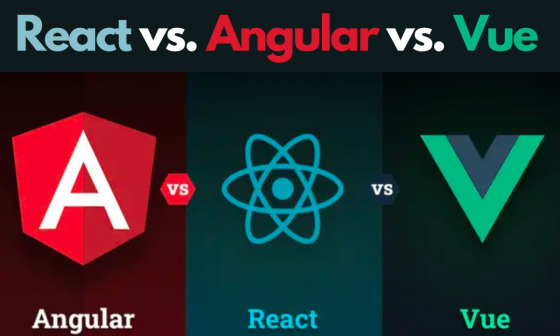Web development is the process of building and maintaining websites and web applications that are accessible and functional on the internet. To become a proficient web developer, one must master the foundational technologies of the web: HTML, CSS, and JavaScript. These three core languages work together to create the structure, style, and interactivity of modern web pages. In this article, we will delve into the fundamentals of HTML, CSS, and JavaScript, exploring their roles and importance in web development.
1. HTML (Hypertext Markup Language):
HTML is the backbone of web development, providing the structure and content for web pages. It is a markup language that uses tags to define elements such as headings, paragraphs, images, links, and lists. HTML documents are composed of nested elements, forming a hierarchical structure known as the Document Object Model (DOM).
- Importance of HTML: HTML is the foundation upon which websites are built. It structures the content and allows browsers to interpret and display web pages correctly. Understanding HTML is essential for creating semantically meaningful and accessible websites.
- Basic HTML Structure: HTML documents begin with the
<!DOCTYPE html>declaration, followed by the<html>element that contains the<head>and<body>sections. The<head>section includes metadata, while the<body>section holds the visible content. - Common HTML Tags: Some frequently used HTML tags include
<h1>to<h6>for headings,<p>for paragraphs,<img>for images,<a>for links,<ul>and<ol>for unordered and ordered lists, and many more.
2. CSS (Cascading Style Sheets):
CSS is a styling language used to control the presentation and layout of HTML elements. It allows web developers to apply colors, fonts, spacing, and positioning to create visually appealing and consistent designs across web pages.
- Importance of CSS: CSS plays a crucial role in separating the content and layout of a website. By using CSS, developers can maintain a clear distinction between the structure (HTML) and the presentation (CSS), making it easier to update and modify the appearance of a site.
- CSS Syntax: CSS works with a selector and declaration block structure. Selectors target HTML elements, while the declaration block contains styling rules in the form of property-value pairs.
- Basic CSS Properties: Some essential CSS properties include
colorfor text color,font-familyfor font selection,marginandpaddingfor spacing,displayfor layout control, andpositionfor element positioning.
3. JavaScript:
JavaScript is a versatile and powerful programming language that adds interactivity and dynamic behavior to web pages. It enables developers to create responsive and interactive user experiences, handle user input, and manipulate the content of web pages in real-time.
- Importance of JavaScript: JavaScript is the backbone of modern web development, enabling the creation of web applications with dynamic functionalities. It allows developers to build features like form validation, interactive forms, image sliders, and responsive navigation menus.
- JavaScript Syntax: JavaScript code consists of variables, data types, functions, loops, conditionals, and objects. It follows an event-driven paradigm, reacting to user actions or system events.
- Common JavaScript Use-cases: JavaScript is used for form validation, DOM manipulation, AJAX requests for data retrieval, and handling user interactions such as click events and form submissions.
Conclusion:
HTML, CSS, and JavaScript are the fundamental building blocks of web development. Understanding these core technologies is essential for anyone aspiring to become a proficient web developer. HTML provides the structure and content, CSS adds style and presentation, while JavaScript brings interactivity and dynamic behavior to modern web pages. Mastering these three technologies empowers developers to create compelling and engaging websites and web applications that cater to the needs of today’s internet users.
By embracing these fundamentals, aspiring web developers can embark on a journey towards crafting innovative and user-friendly web experiences. Whether you’re just starting or looking to enhance your skills, a solid foundation in HTML, CSS, and JavaScript will open up a world of possibilities in the vast realm of web development.






